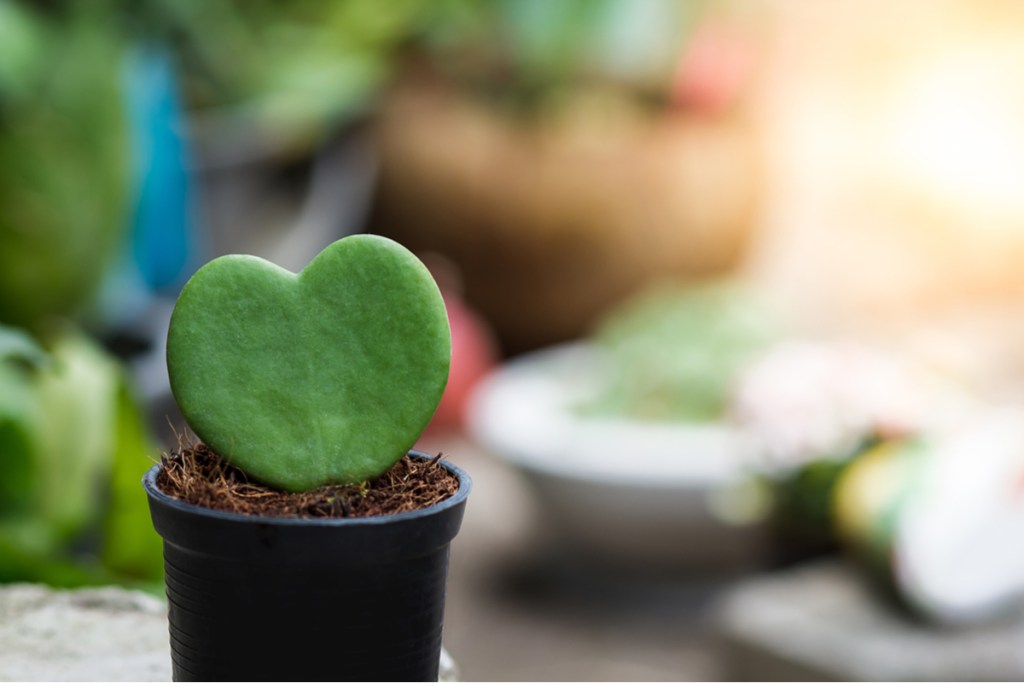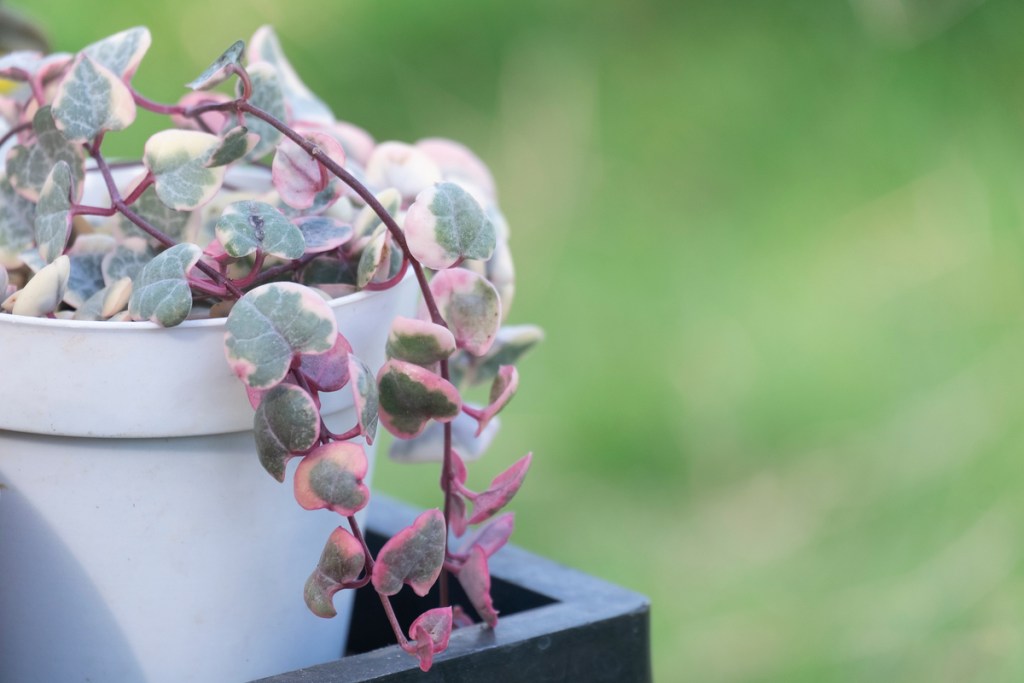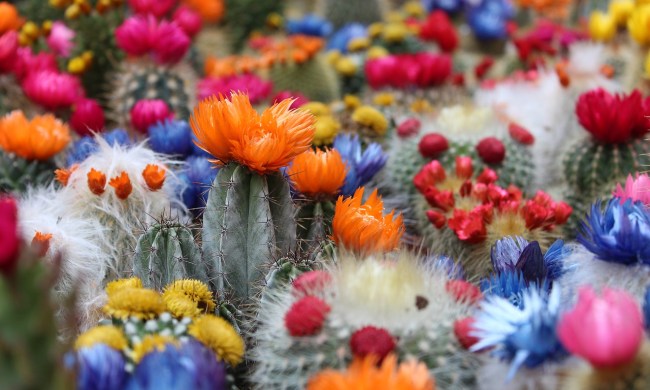A vase or bouquet of flowers is always a beautiful gift and a welcome gesture. But should you really be purchasing a bouquet of blooming stems – caring for them for maybe a month at most – when you’re going to have to throw them away after? If you’d rather invest in something with more longevity, look no further! Any plant-loving person would rather receive the most ideal houseplants for their homes so they could care for them and watch them thrive, than pretty blooms that are expected to wilt in a few weeks.

Beautiful miniature roses
Miniature roses will keep the classic spirit of Valentine’s Day alive while gifting your loved one with a plant that will live for months to come, so long as they’re cared for properly. As with most flowers, the miniature roses won’t be as lively when grown indoors as their outdoor counterparts, but they’ll be beautiful nonetheless. Their blooms come in an array of colors, including red, pink, white, and yellow, as well as multicolor.
If you’re interested in purchasing miniature roses for your loved one, be prepared to present them with some care instructions (or send them back here to read them!) Miniature roses need regular watering, but be wary of overwatering. Because these plants will be in containers, they’ll dry out much faster than outdoor plants. A good rule of thumb is to check the top inch of the soil every couple of days, and water when it’s dry.
As far as light, miniature roses require several hours of direct sunlight each day. If you don’t have a sunny spot, this may not be the best plant choice for you. Miniature roses are hybrids and won’t easily bloom without the proper amount of sunlight. If you do have a sunny spot, make sure it doesn’t pose a risk of frost or extreme cold, and you’re good to go!
Remember that indoor plants still need to be pruned. When you first get your miniature rose, you won’t have to do this maintenance right away; however, as it starts to grow, be sure to prune it every now and then to remove dead branches and encourage new growth.

The sweetheart hoya
The sweetheart hoya, known commonly as the sweetheart wax plant and sometimes called the Valentine plant, is a perfect low-maintenance Valentine’s Day gift. This plant is named after its heart-shaped leaves, and what’s better than heart-shaped leaves on a day of love?
Their care isn’t very difficult, making the sweetheart hoya a great plant for houseplant beginners and experts alike. This plant — which is a single, roughly 5-inch leaf — is planted upright and needs a moderate temperature to thrive. They don’t like it too hot or too cold, are relatively drought tolerant, and only need to be watered once every one to two weeks. Because this is a type of succulent, you should use the soak and dry method when watering (wait until the soil is mostly dry, then soak the soil with water until some comes out the bottom. This is why it’s essential to have a pot with good drainage)!
Although sweetheart hoya plants are often kept in small pots, when you plant them in something larger (like a hanging basket) and provide the right care, there’s a chance they will grow and reward you with a bunch of hearts and white summer blooms.

String of hearts
Staying in the realm of heart-shaped plants, the string of hearts is a trailing vine plant that does beautifully in hanging baskets. These plants can live quite long and will be a wonderful addition to any plant nerd’s collection on Valentine’s Day. The string of hearts is fast-growing, featuring greenish gray leaves that grow off thin vines. When taken care of properly and in the right environment, the string of hearts will produce lovely pale magenta blooms, usually in the late summer/early fall.
The string of hearts will do best in an area with bright, filtered light (or indirect light). This can be achieved by putting it near a window with curtains or blinds or in an area that gets partial sunlight throughout the day. As with the sweetheart hoya, the string of hearts is fairly drought resistant and hardy, perfect for beginners. You should let the plant dry out between waterings and use the same soak and dry method mentioned above, as the string of hearts is a variety of succulent. Between the sweetheart hoya and the string of hearts, you can’t go wrong with heart-shaped leaves on Valentine’s Day!
And with any Valentine’s Day gift, you’ll want to make sure you tailor it to the likes of your loved one. If none of these plants seem like one your Valentine will adore, you can always get them something different! If they don’t like succulents but love the look of trailing plants, you can opt to get them a variety of ivy or pothos (which can grow entirely in water). If they love flowers but don’t love roses, there are always varieties of other kinds that can be grown easily indoors! As long as it’s something that fits their likes, you can’t go wrong with a Valentine’s Day houseplant.


